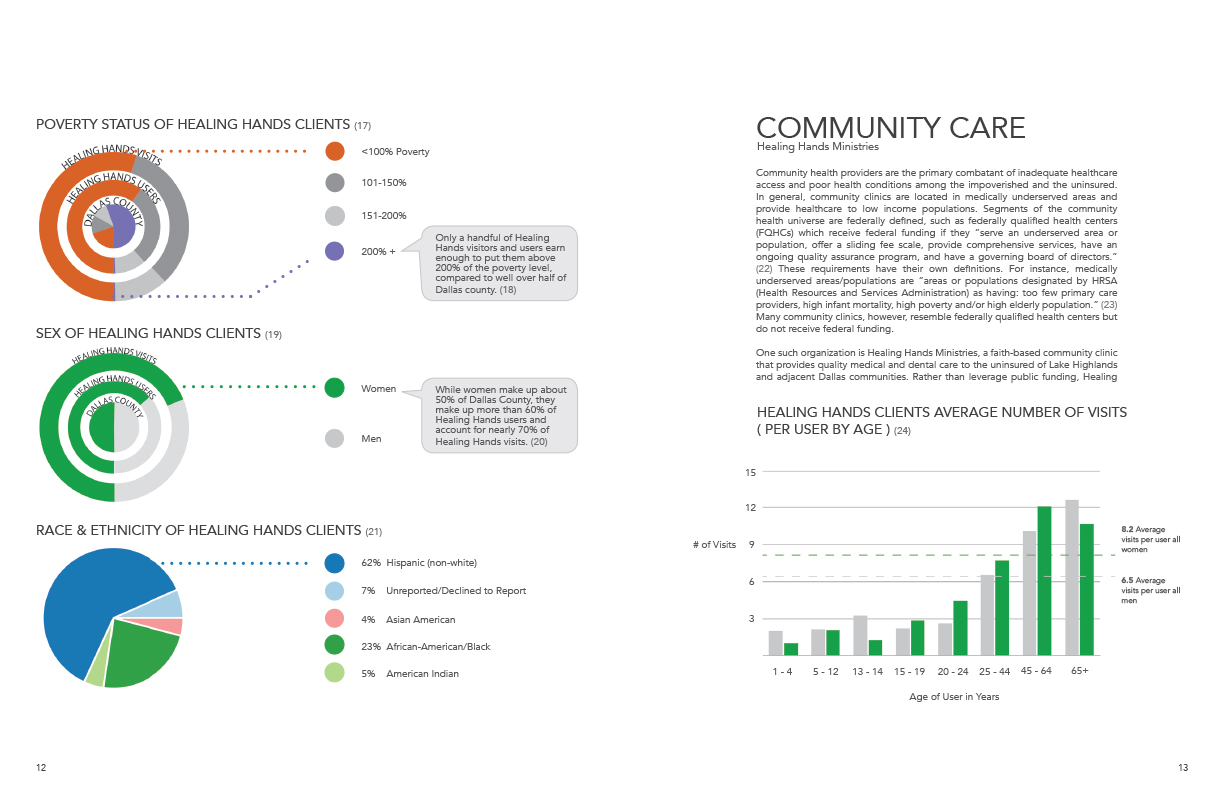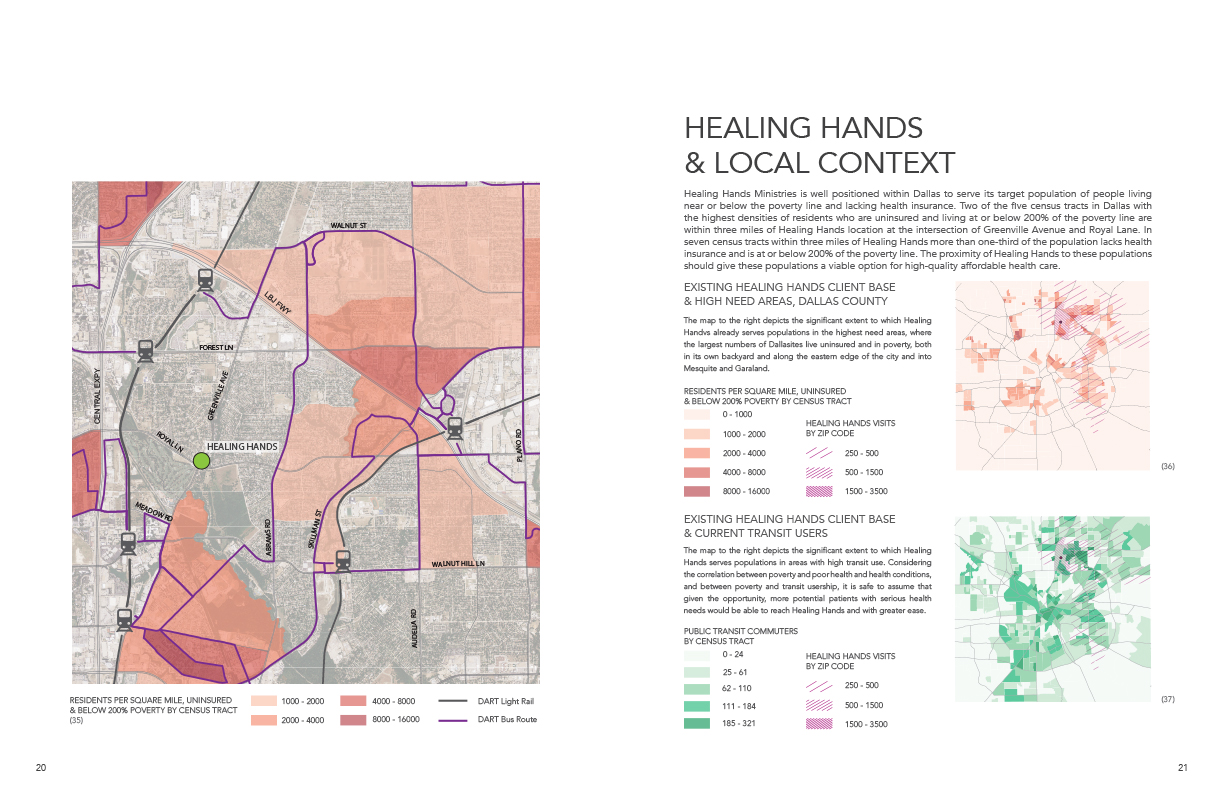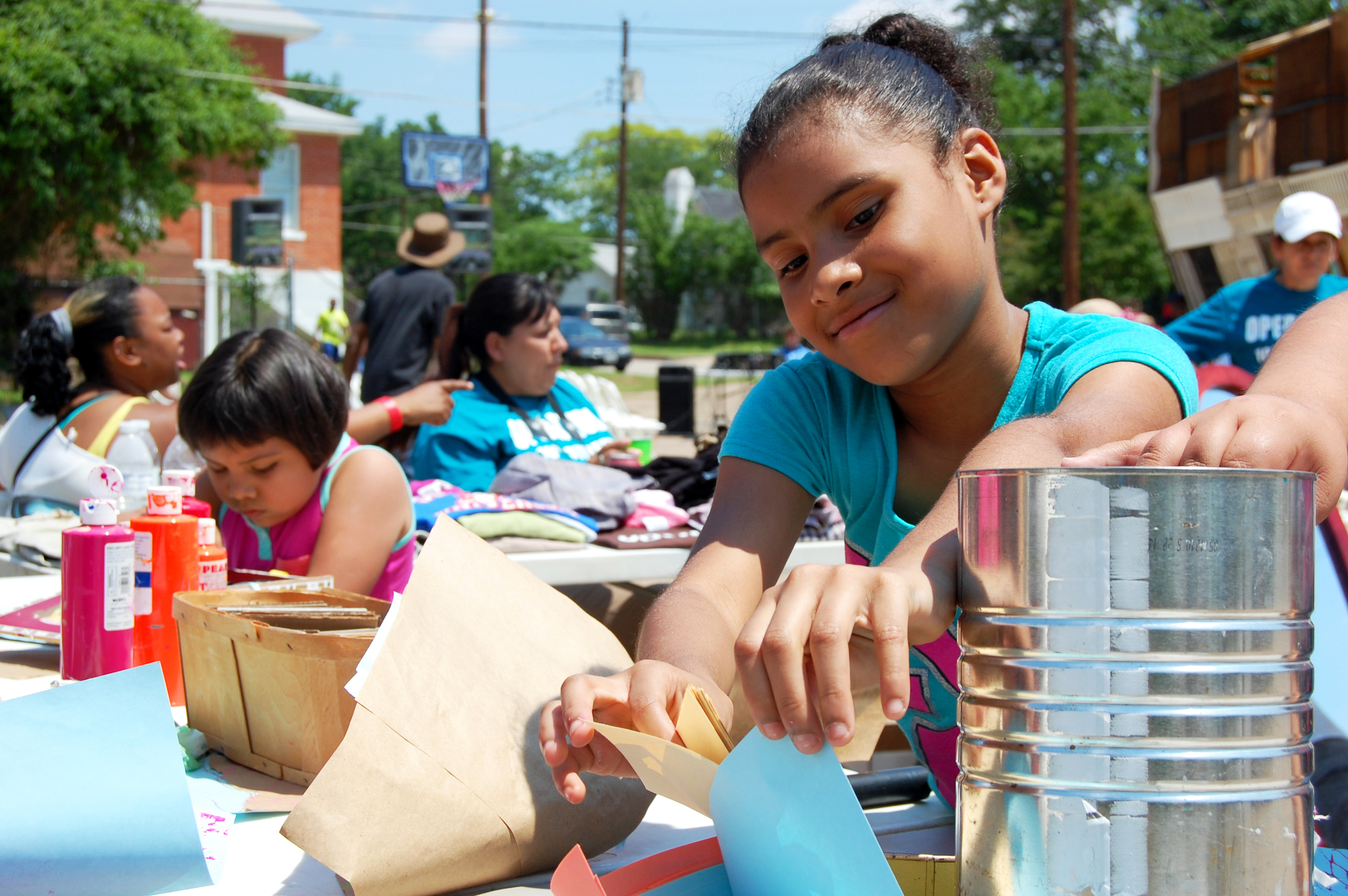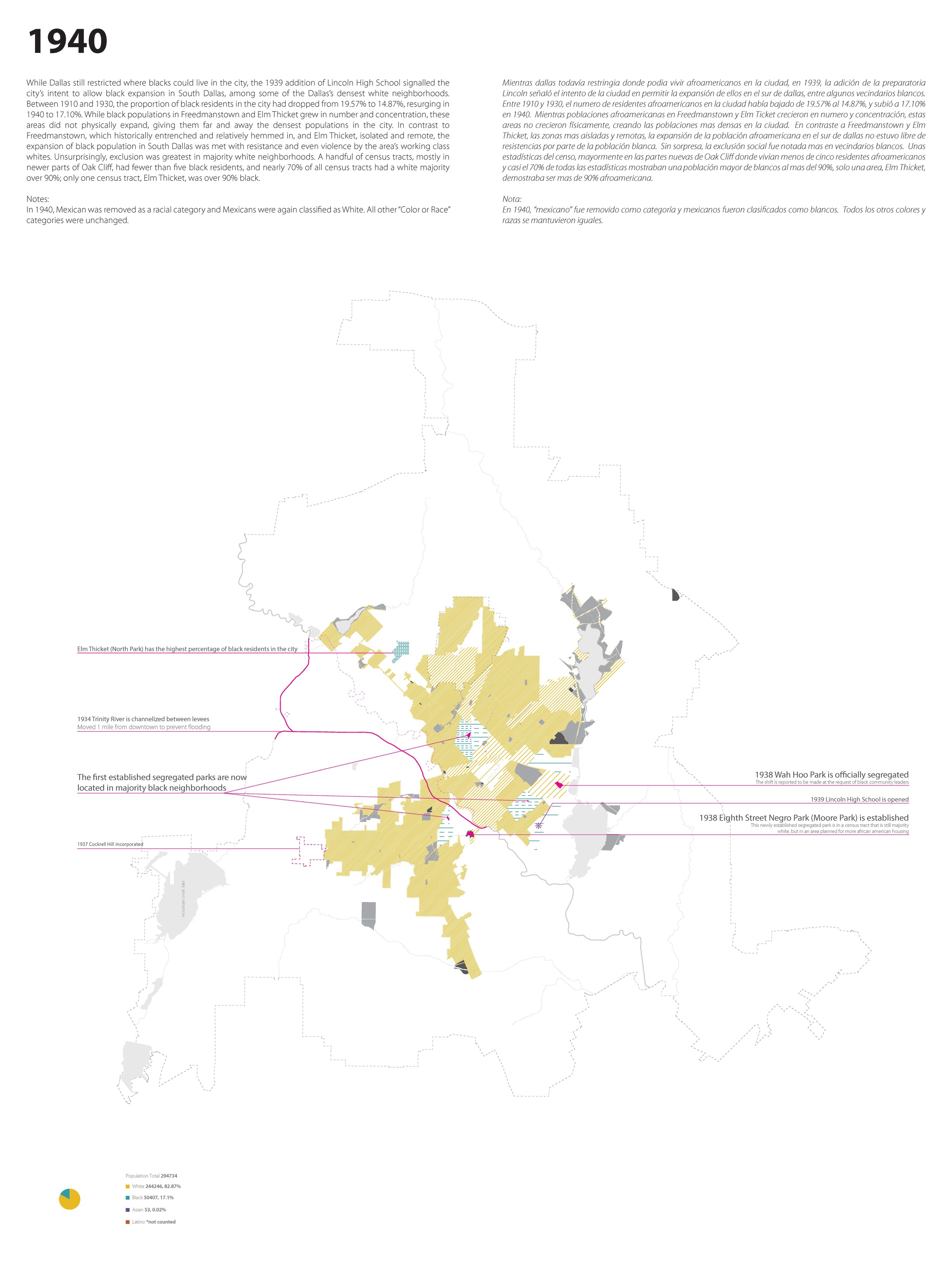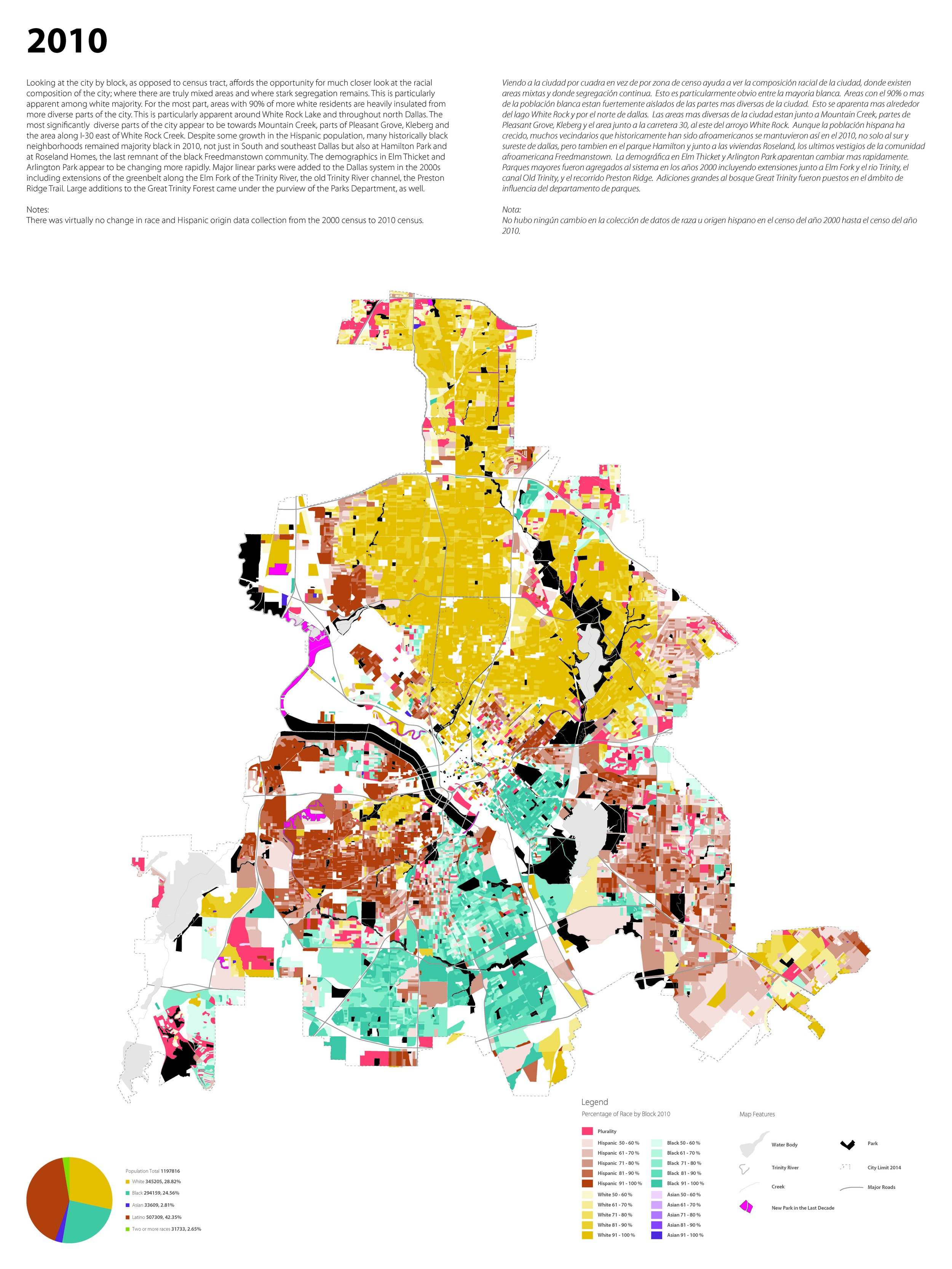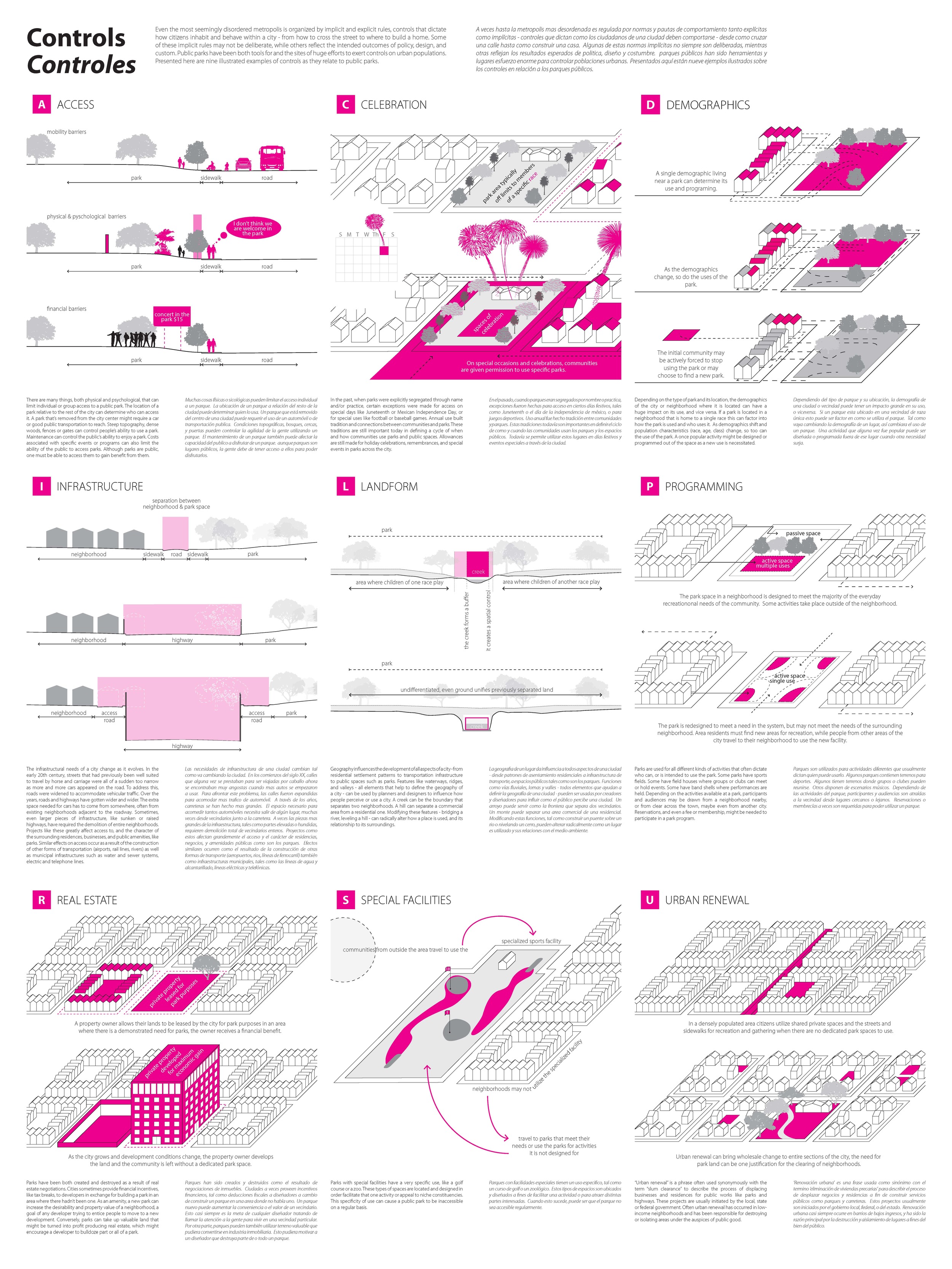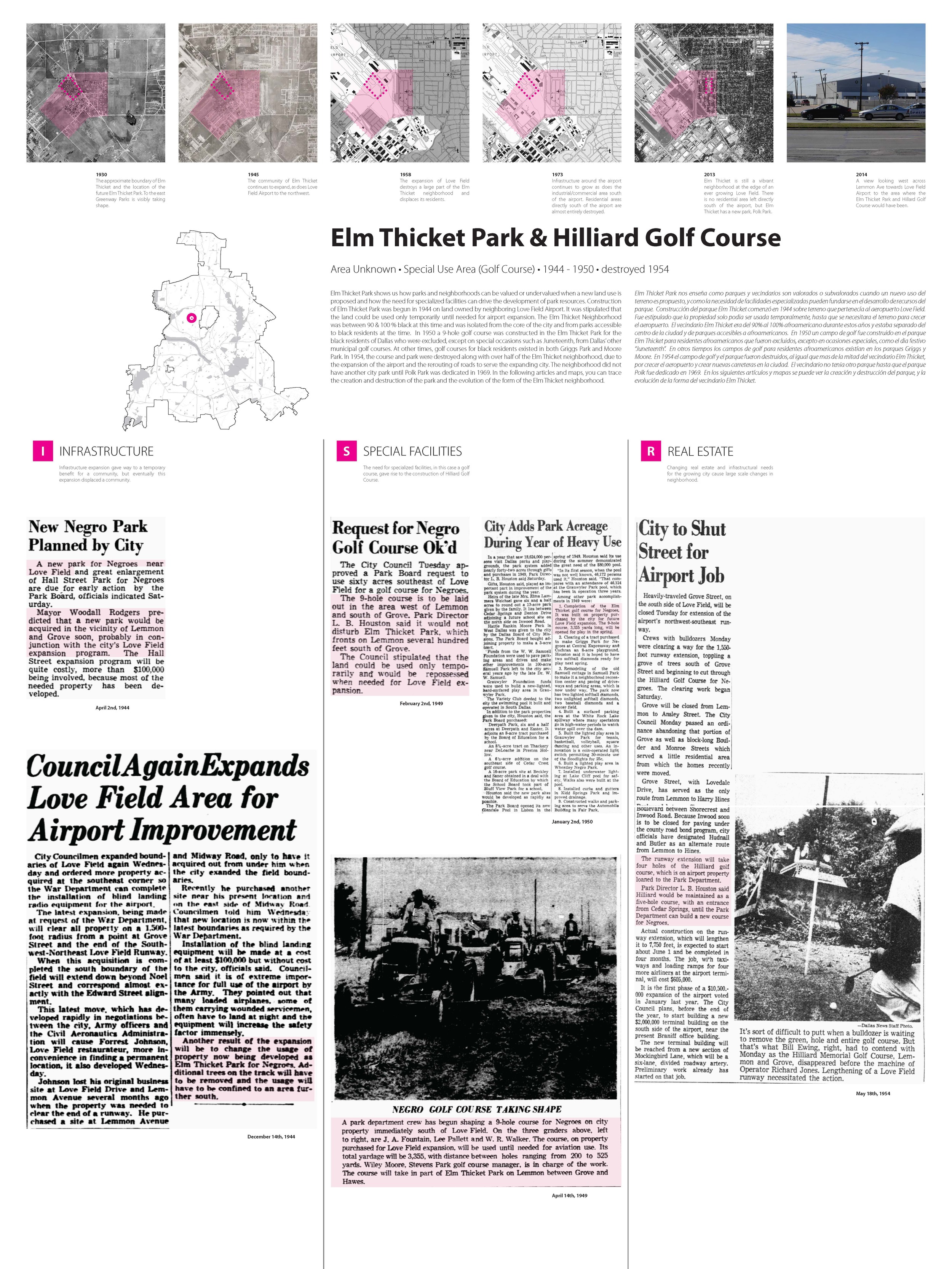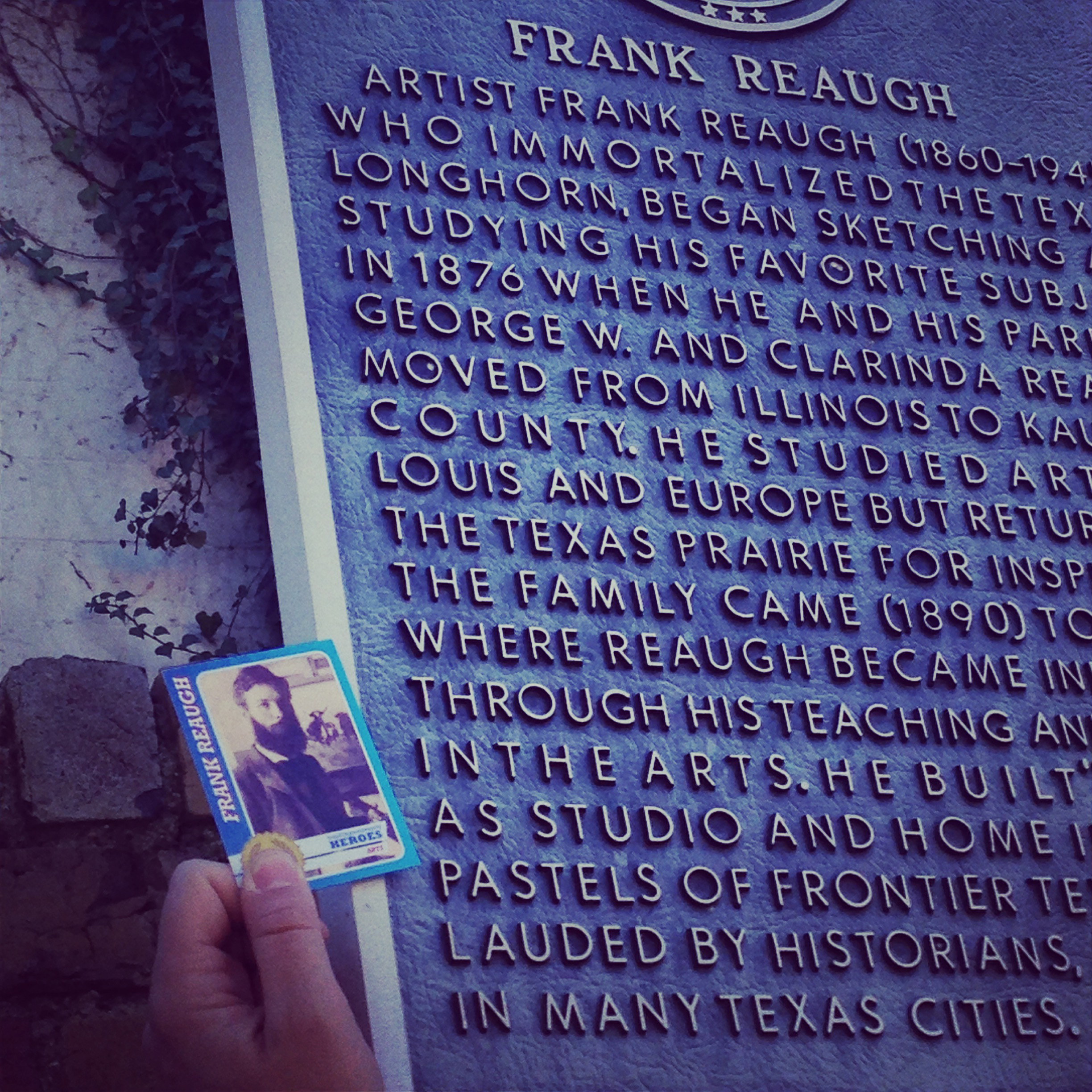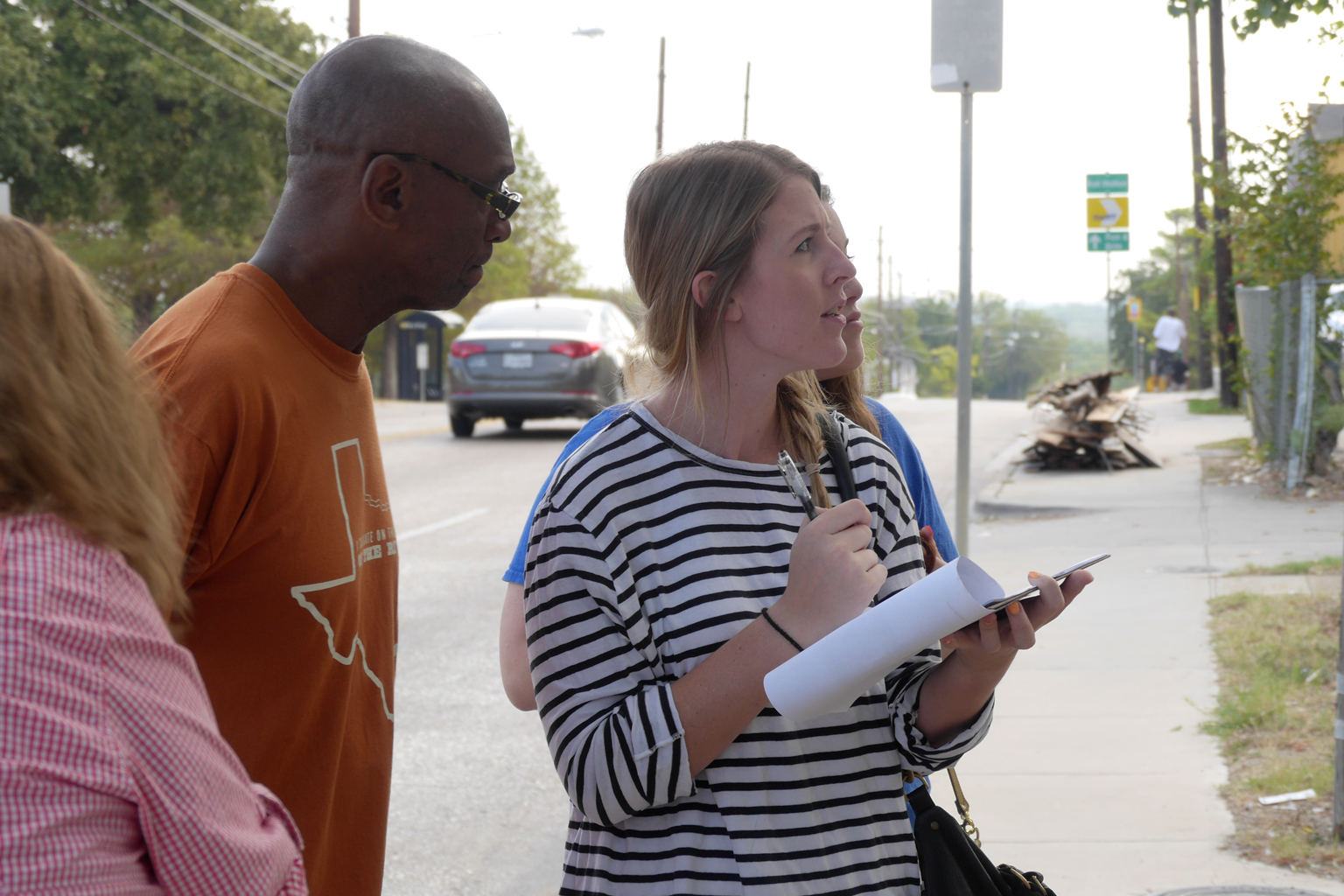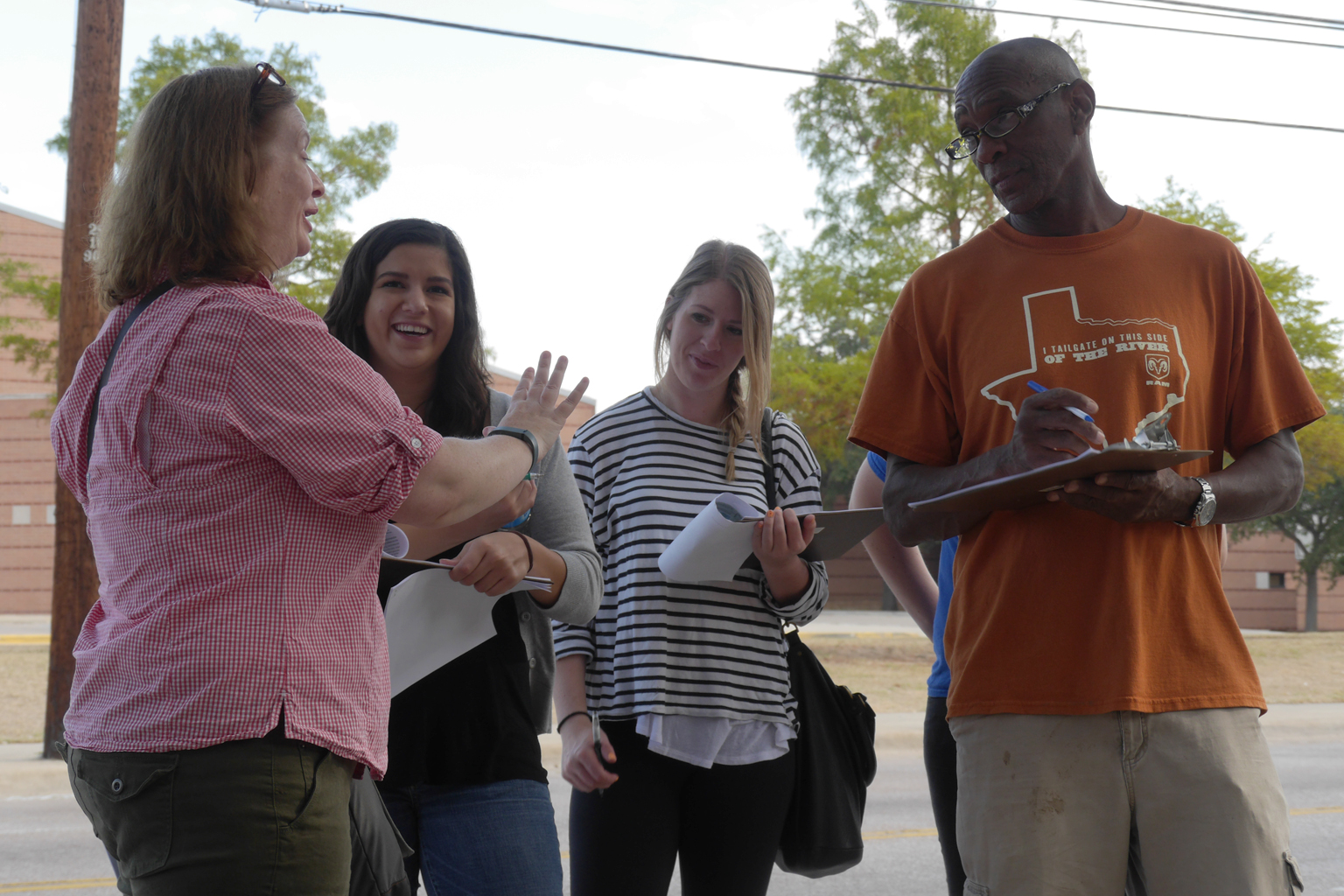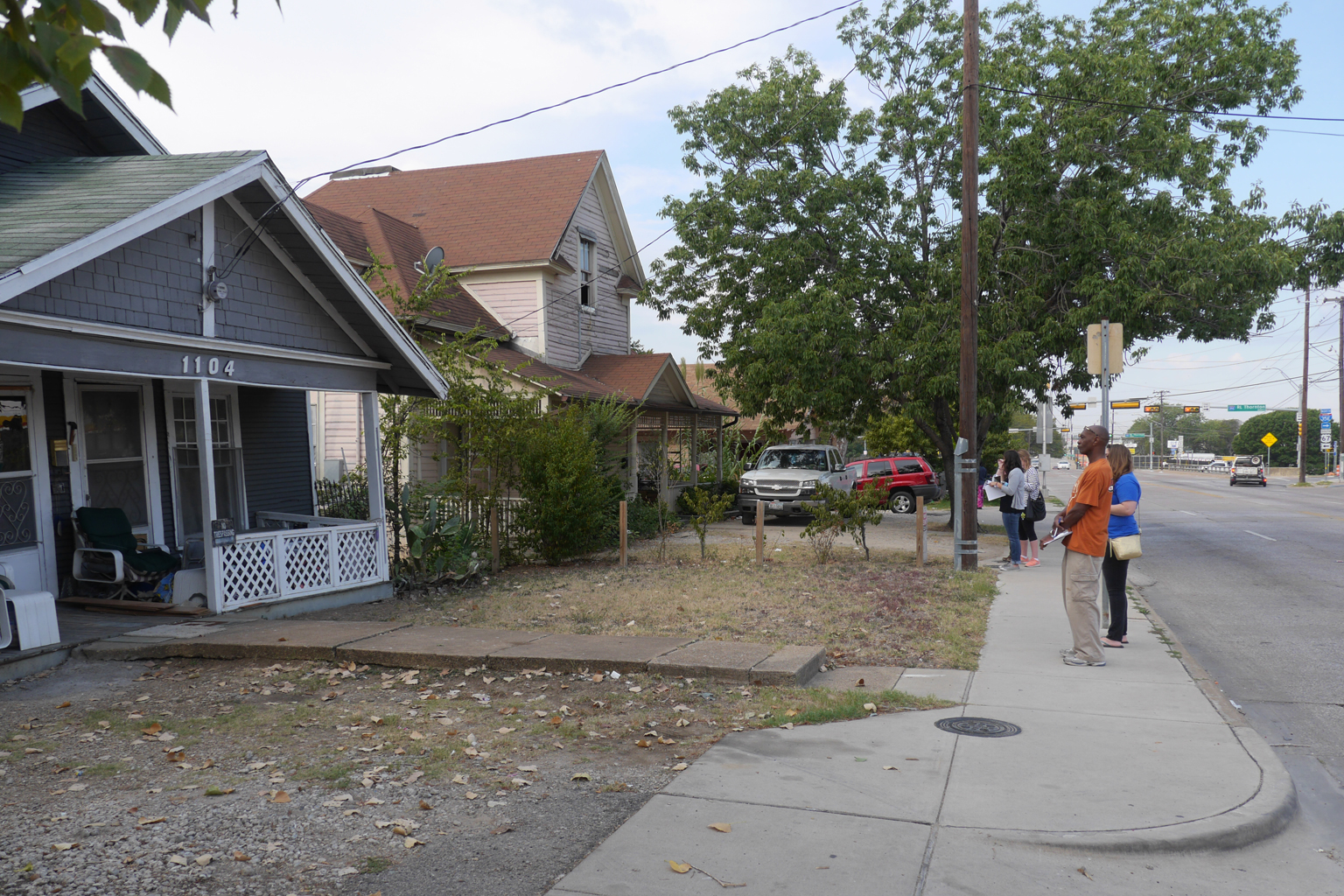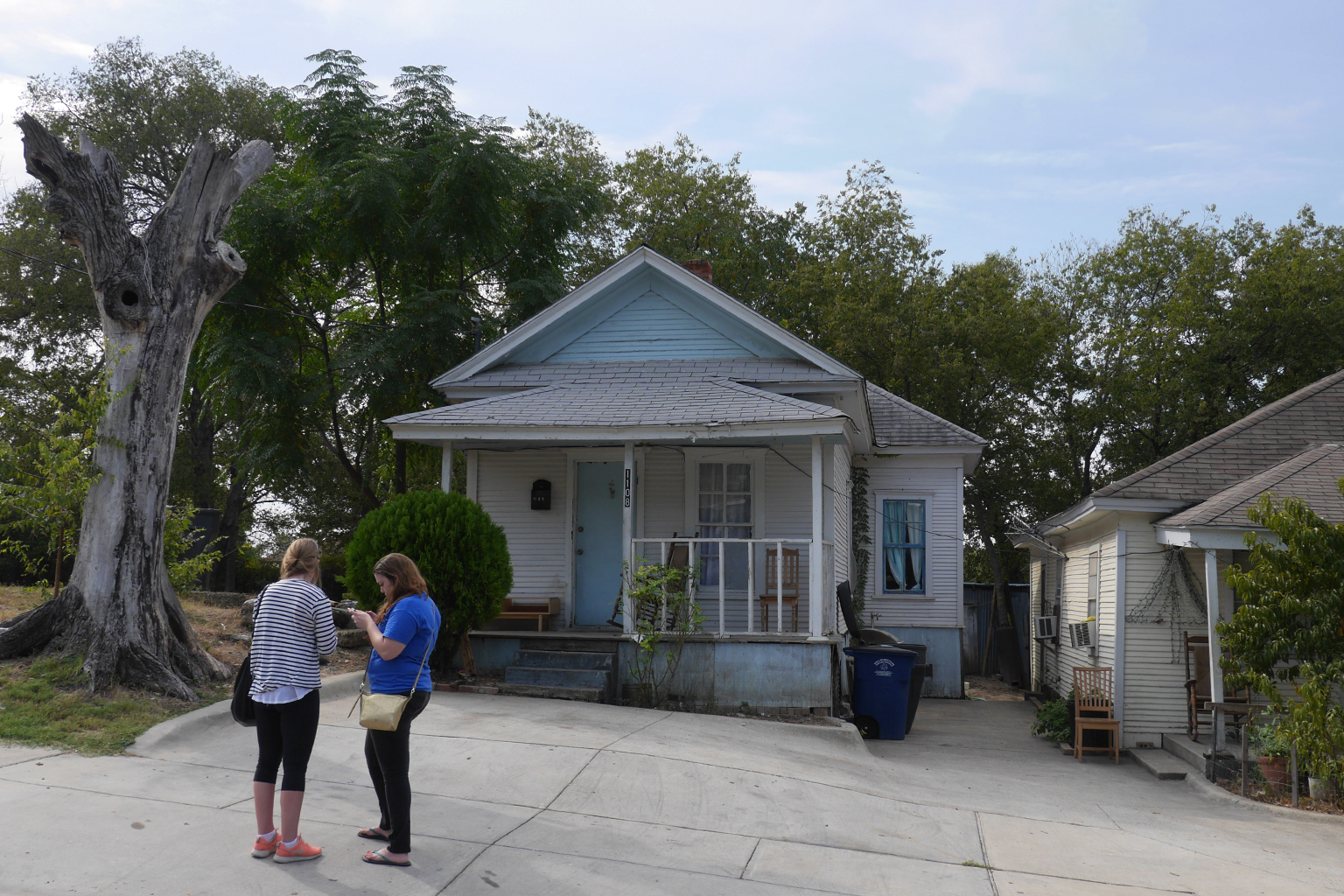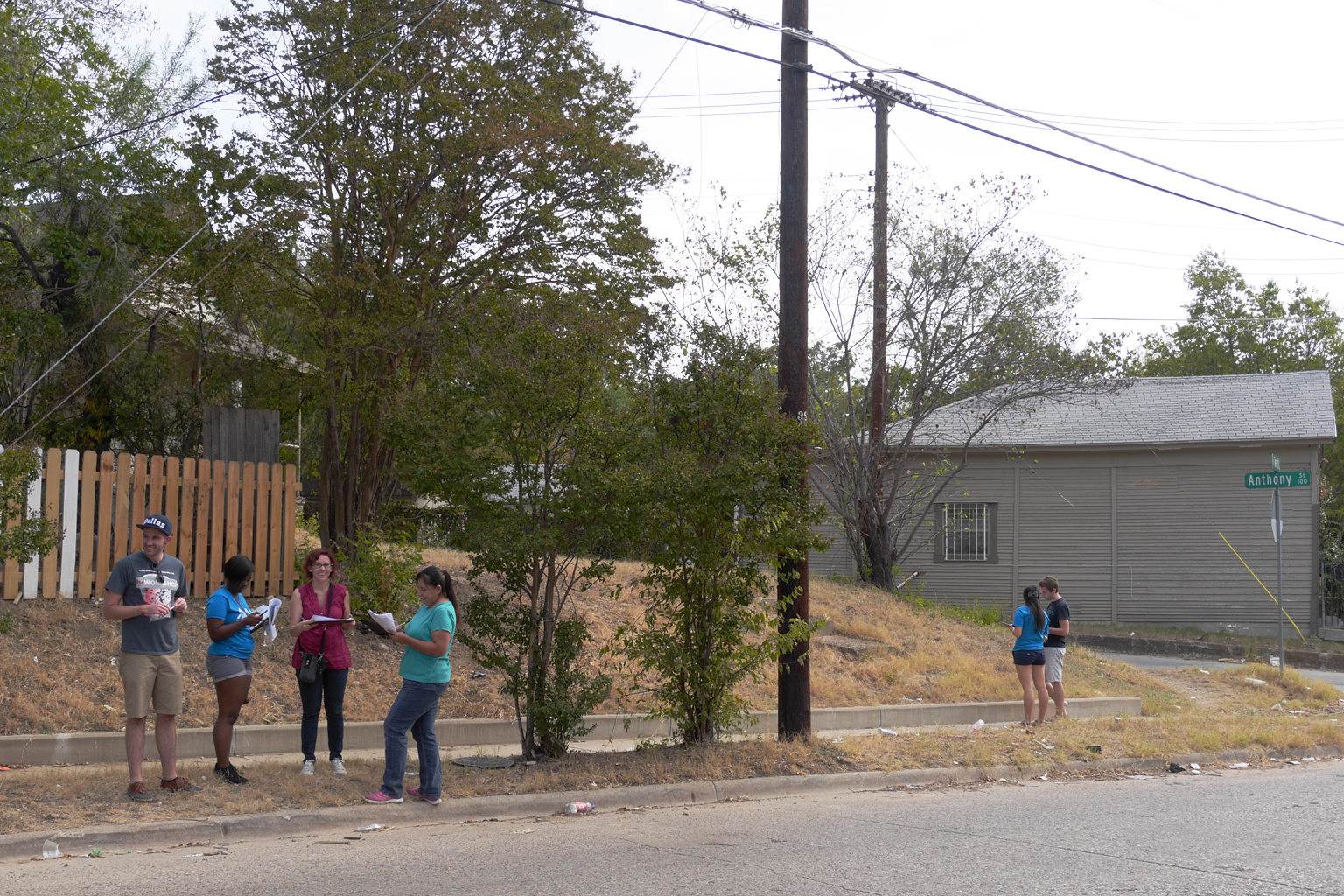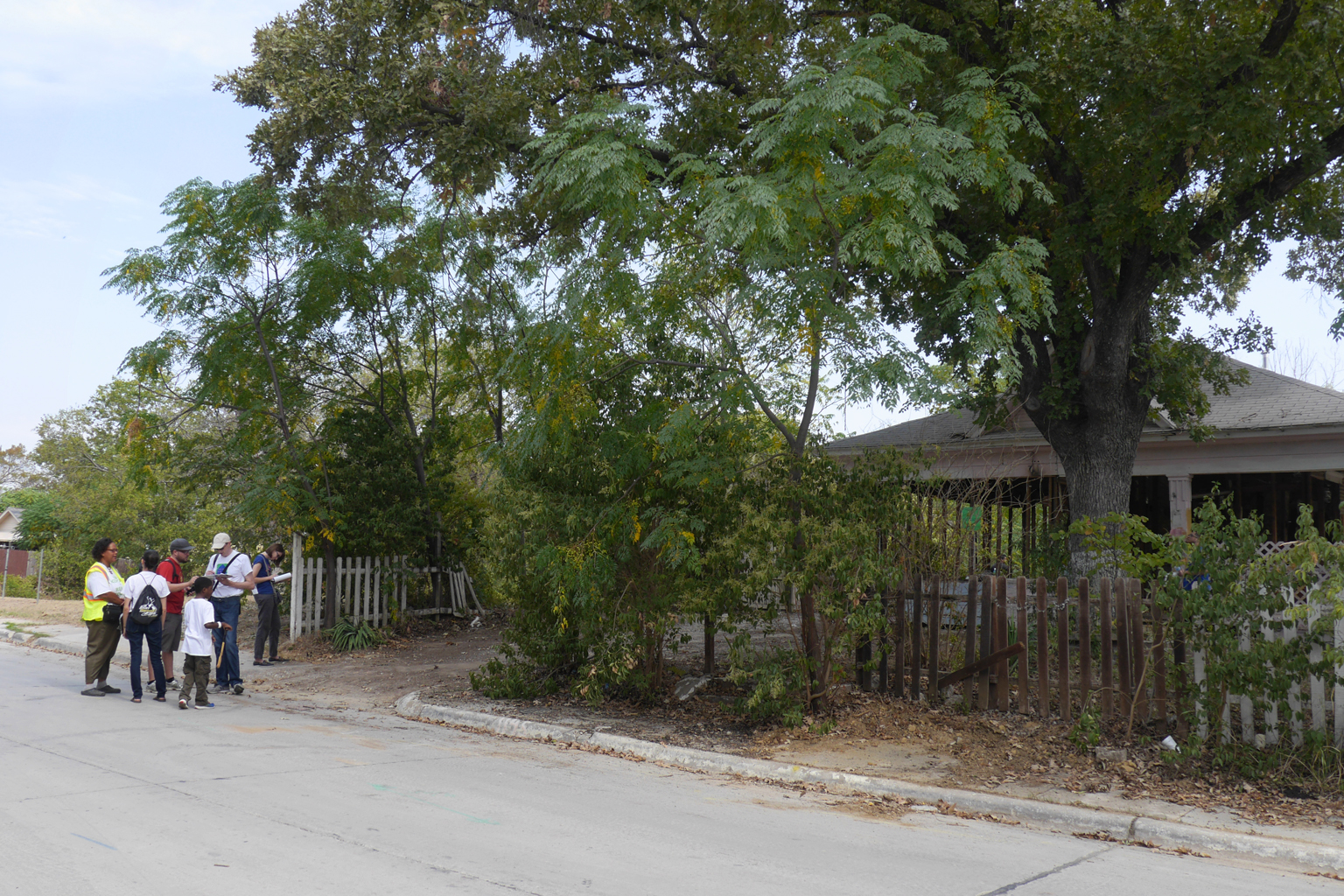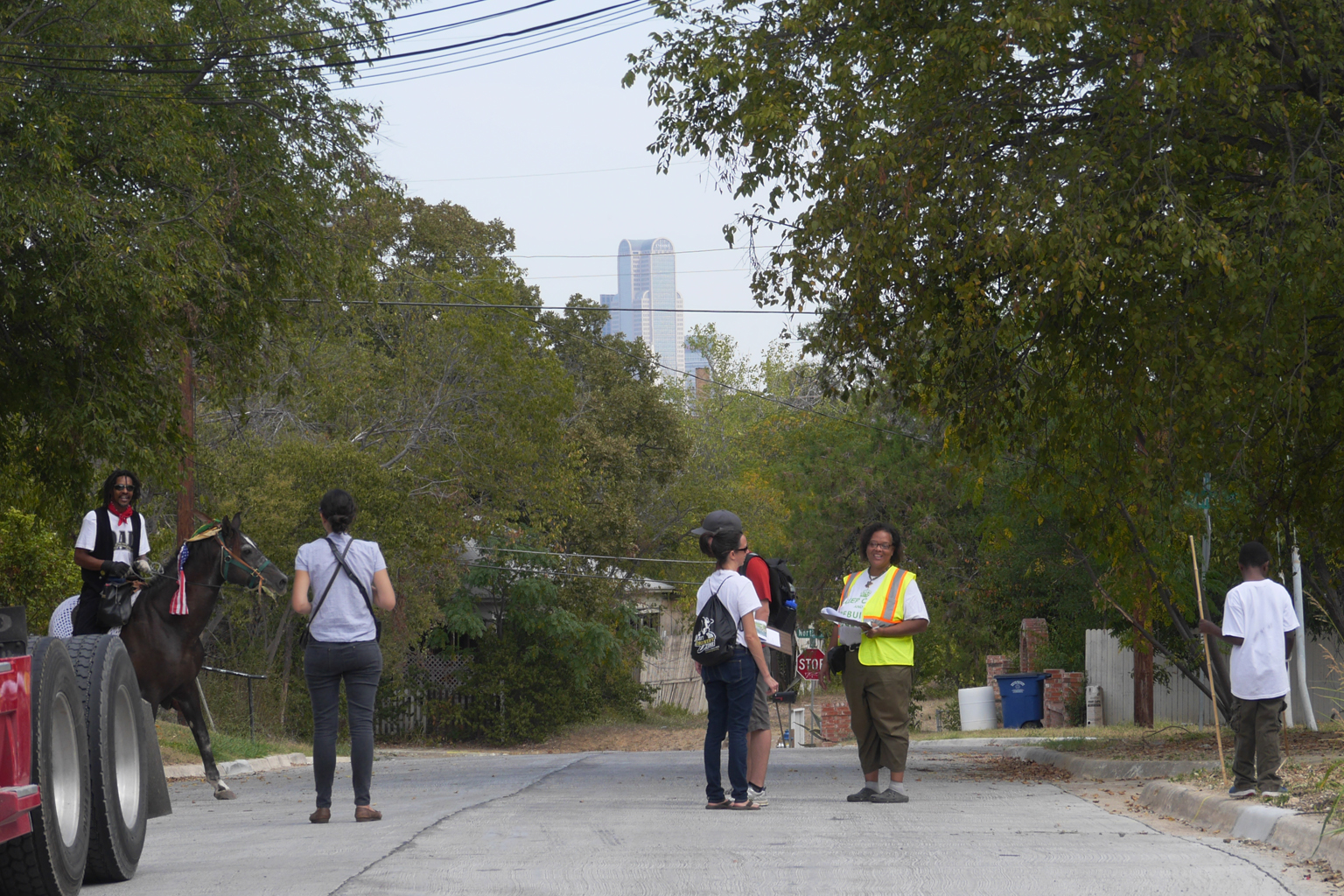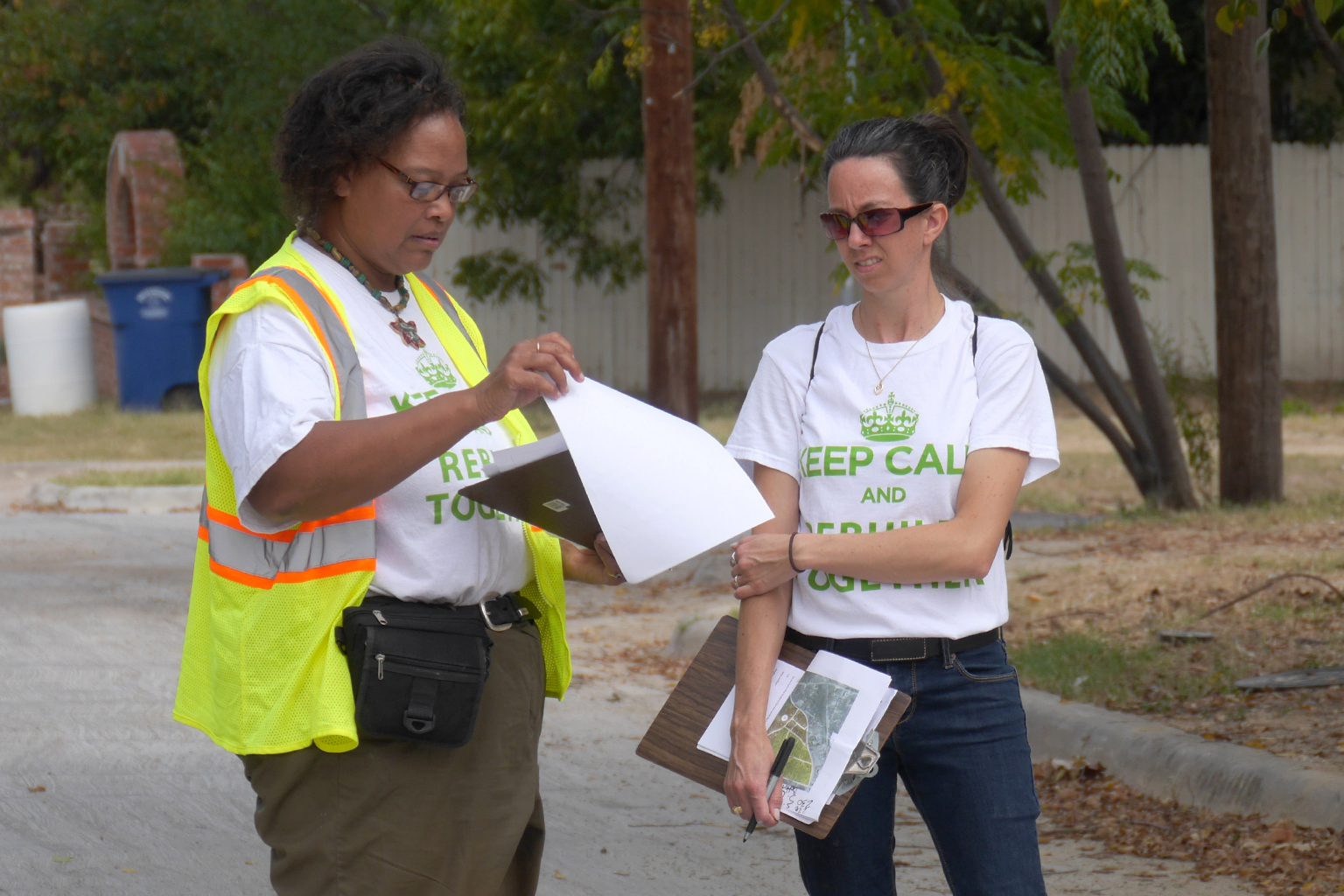Learn more about bcANALYTICS and check out additional reports in the bcANALYTICS Catalog.
In 2014, bcANALYTICS worked with Healing Hands Ministries on a report to help advocate for a new DART bus stop at the intersection of Greenville Ave. and Royal Ln. in Lake Highlands. Over the past several years, Janna Gardner, the founder and CEO of Healing Hands, has worked tirelessly to bring that goal to fruition alongside District 10 Council Member Adam McGough, the AllinD10 Collection Impact initiative, DART, and other community groups.
Thanks to all of that hard work, a new bus stop, which will help Healing Hand’s clients have better access to the clinic by public transportation, has opened on DART’s Route 84.
In our previous work, we found that Healing Hands was located further from public transportation than other low cost or affordable health care options, which proves a challenge for the thousands of low-income families and individuals who receive services from Healing Hands—the nearest stop was roughly ¾-mile away from Healing Hands clinic, while most organizations, as we found, have a stop less than ¼-mile away.
The data and information prepared by [bc], with support from Communities Foundation of Texas, was an important tool in Janna’s effort to provide better public transportation to the families who rely on Healing Hands for health care services.
We celebrate this community victory with Healing Hands Ministries today and will continue to work to equip community leaders with the tools and data analytics services that they need to advocate for positive change.
Read the full report here!
THIS WORK WAS SUPPORTED BY
As the largest community foundation in Texas and one of the largest in the nation, Communities Foundation of Texas (CFT) works with families, companies and nonprofits to strengthen our community through a variety of charitable funds and strategic grantmaking initiatives. The foundation professionally manages more than 900 charitable funds and has awarded more than $1.3 billion in grants since its founding in 1953. Increasing financial stability of working families is one of the two key focus areas of CFT’s community impact funds. To support this area, CFT has launched the Data Driven Decision-Making (D3) Institute. The D3 Institute is designed to provide organizations that offer programs and services for low-income working families the power to accelerate their development of enduring solutions to the social and economic problems facing this population. www.cftexas.org/D3
![[bc]](http://images.squarespace-cdn.com/content/v1/5248ebd5e4b0240948a6ceff/1412268209242-TTW0GOFNZPDW9PV7QFXD/bcW_square+big.jpg?format=1000w)





